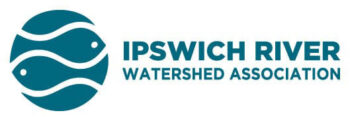On Saturday, March 2nd I attended the Massachusetts Association Conservation Commissions (MACC) conference in Worcester MA. As this is New England’s largest annual environmental conference, I was really excited to attend. While at the conference, there was a lecture I needed to see; NAACC Tidal Crossing Assessment, presented by Kaitlyn Shaw from the Ipswich River Watershed Association (IRWA) and Scott Jackson from UMass Amherst. Their presentation and its subject, the development of the tidal crossing assessment protocols, were sponsored in part by the Massachusetts Environmental Trust. Together Kaitlyn and Scott explained the why new assessment protocols were needed and what they entailed.
I learned that one of the main reasons for creating new protocols rather than simply adopting the protocols for non-tidal crossings, is largely due to the tides. This bidirectional flow can turn a culvert into a barrier during low tide. Tidal crossings can also come with a unique set of obstacles (such as tidal gates) that are not present at non-tidal crossings. Alongside the changes in water depth and the various structures that may be present, there are a number of other parameters that are to be assessed at each site. These include evaluating the structures, stream and surrounding vegetation both up and downstream of the crossing. After assessing each of the parameters, a site score is calculated. Towns will then be able to use these scores to prioritize which of their crossings would be most beneficial to upgrade.
It was exciting to get a look at the new protocols, and it was a great day at the MACC conference overall. I felt like I learned a lot about what goes into evaluating crossings and I can’t wait to put them into practice.
We are enormously grateful to MET for their generous support of this important project. If you are interested in supporting environmental programs in Massachusetts, you can buy a specialty plate that will help the Massachusetts Environmental Trust continue to protect our coasts and waterways. You can purchase a specialty plate online, without having to visit the RMV!
